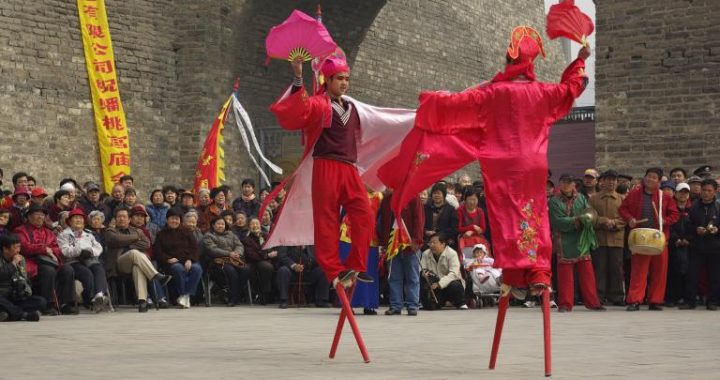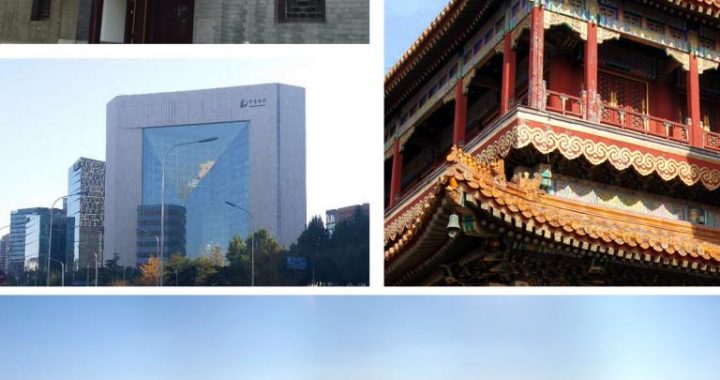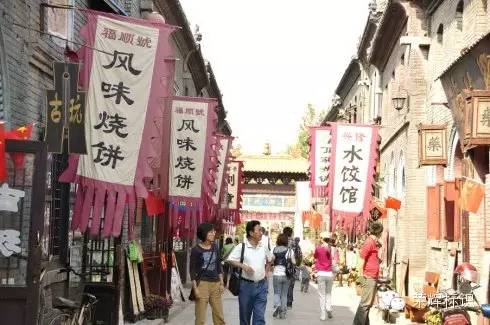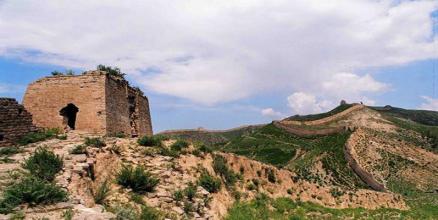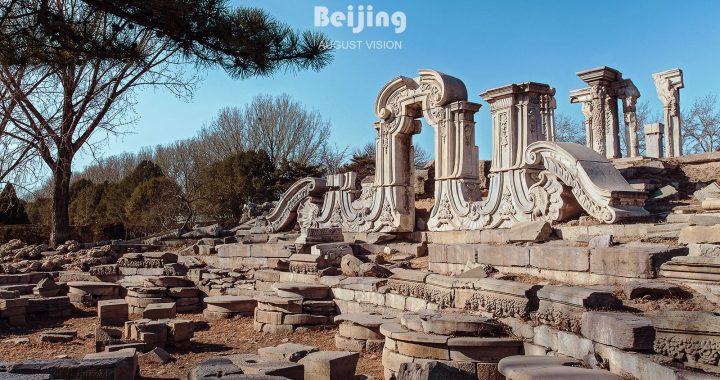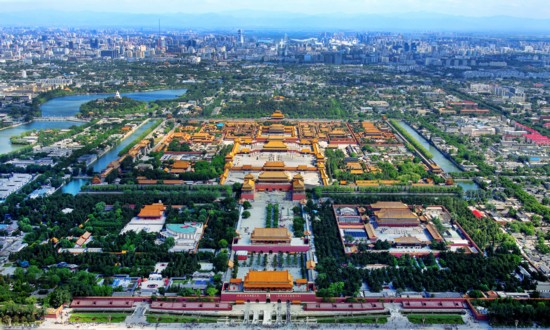Liang Sicheng Works
2 min readTo spread and share his understandings and appreciation of Chinese architecture and most importantly,to help save its diminishing building technologies,Liang published his first book,Qing Structural Regulations in 1934.The book studied the methods and rules of Qing architecture,with the 1734 Qing Architecture Regulation and several other ancient manuals as the textbook,the carpenters as teachersand the Forbidden City in Beijing as teaching material.Since its publication,this book has become a standard textbook for anyone whowants to study the essence of ancient Chinese architecture for morethan seven.Liang considered the study of Qing Structural Regulation as a stepping stone to the much more daunting task of studyingSong dynasty Yingzao Fashi(Treatise on Architectural Methods),since the large number of special terms used in that manual differed substantially from the Qing dynasty architectural terminology.
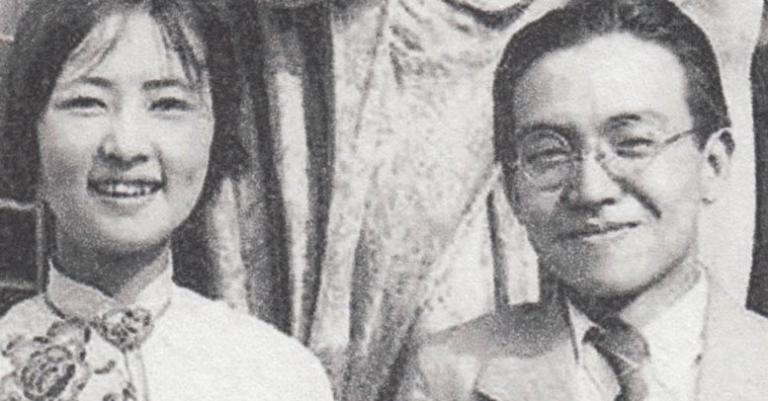
Liang’s monumental study of Yingzao Fashi spanned more than two decades from 1940 to 1963 and the first draft of Annotated Yingzao Fashi was completed in 1963.However,due to the eruption of Cultural Revolution in China,the-publication of this work was cut short.Liang’s Annotated Yingzao Fashi was published posthumouslyby Yingzao Fashi Study Group of Tsinghua University Architecture Department in 1980.(The text occupies all of Volume 7 in his ten-volume Collected Works).
Liang considered the Yingzao Fashi and Qing Structural Regulations as”two grammar books of Chinese architecture”.He wrote,“Both government manuals,they are of the greatest importance for the study of the technological aspects of Chinese architecture.
Another book,History of Chinese Architecture,was”the first thing of its kind.”In his words this book was”an attempt to organizethe materials collected by myself and other members of the Institute during the past twelve years.”He had divided the previous 3,500 years into six architectural periods,defined each period by references to historical and literary citations,described existing monuments of each period and finally analyzed the architecture of each period as evidenced by a combination of painstaking library and field research.
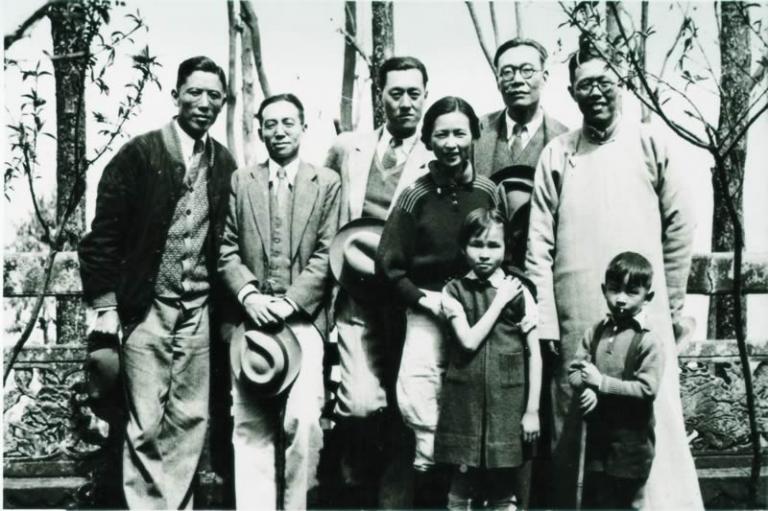
All of these books became the platform for later scholars to explore the principles and evolution of Chinese architecture and are still considered classics today.
Liang’s posthumous manuscript“Chinese Architecture,A Pictorial History””,written in English and edited by Wilma Fairbank was published by MIT Press in 1984 and won Fore Word Magazine’s Architecture“Book of the Year”Award.

